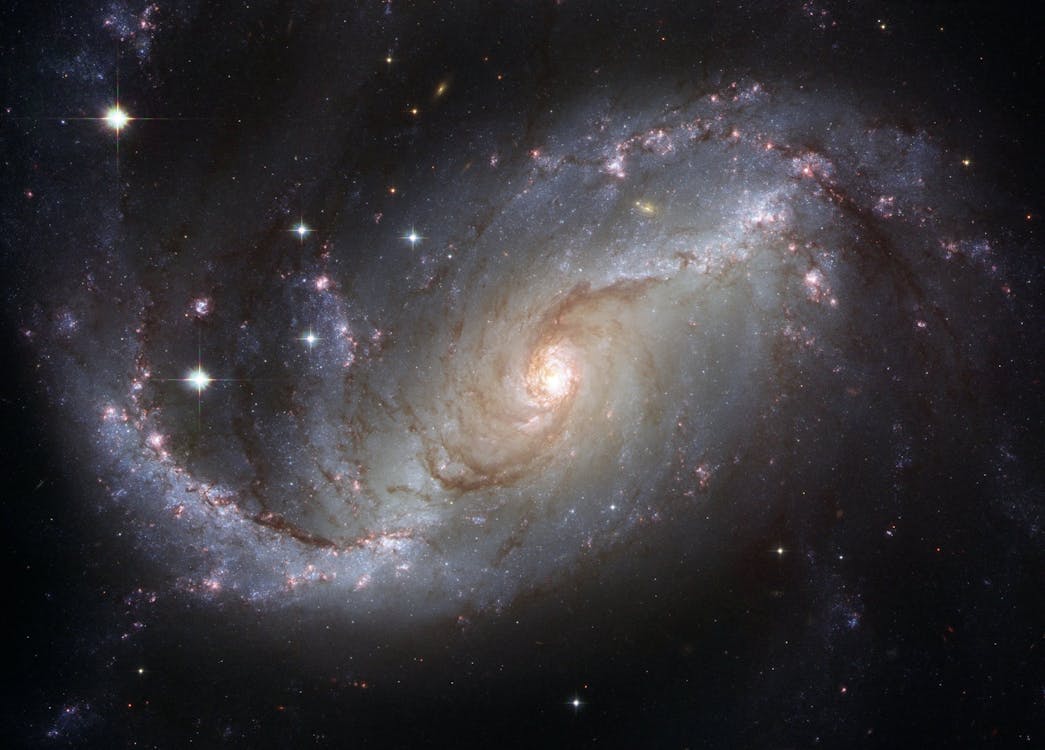Astronomers discover Milky Way's most massive stellar black hole
Apr 17, 2024
Paris [France], April 17: The "wobbling" of a star has alerted researchers to a particularly enormous black hole in the Milky Way.
It is the most massive stellar black hole known to date in our galaxy, the European Southern Observatory (ESO), based near the German city of Munich, announced on Tuesday.
The black hole, named Gaia BH3, has about 33 times the mass of our sun. Stellar black holes in the Milky Way measure on average only 10 times the mass of the sun. The previously largest known - Cygnus X-1 - has about 21 solar masses.
"No one was expecting to find a high-mass black hole lurking nearby, undetected so far," astronomer Pasquale Panuzzo from the Observatoire de Paris said in a statement. "This is the kind of discovery you make once in your research life." ESO says the black hole is extremely close to Earth at a distance of "only" 2,000 light years. A light year is the distance that light travels in one year - a distance of 9.46 trillion kilometres.
"We could see a star a little smaller than the Sun [around 75 per cent of its mass] and brighter, that revolved around an invisible companion," Panuzzo said. Stellar black holes are created from the collapse of massive stars at the end of their lives and are smaller than supermassive black holes, whose creation is still unknown.
The black hole's companion star is set into a kind of wobbling motion by its mammoth mate - and this was detected by the ESO astronomers.
BH3 was spotted thanks to data gathered by the Gaia mission of the European Space Agency (ESA). The mission aims to record the positions, movements, distances and brightness of almost 2 billion celestial bodies.
Black holes are objects with such a strong gravitational force that not even light can escape from them. They are formed when large stars with many times the mass of our sun explode as supernovae at the end of their existence and the remaining stellar remnant collapses.
The analyses of the new discovery were published in the journal Astronomy & Astrophysics.
Source: Qatar Tribune








